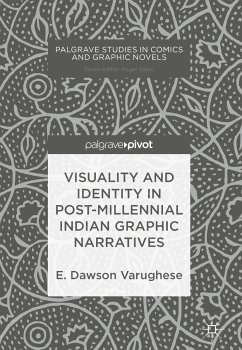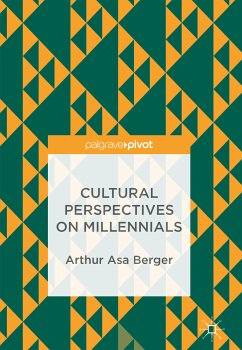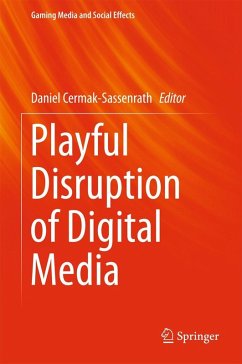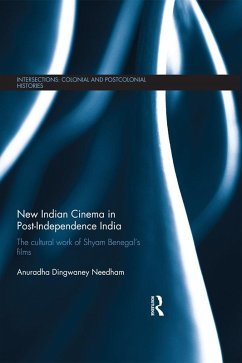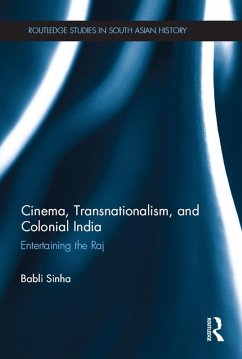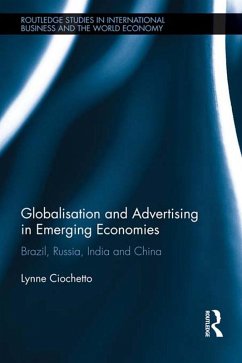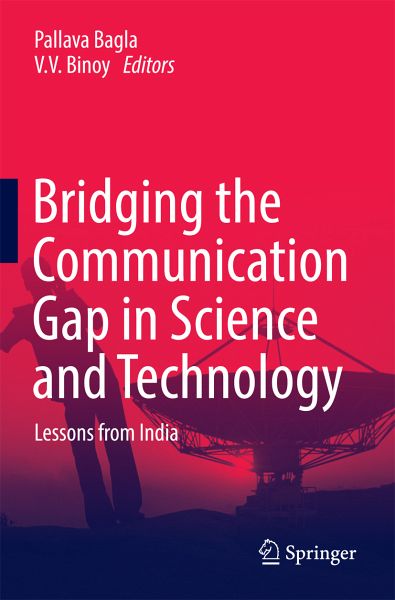
eBook, PDF
Bridging the Communication Gap in Science and Technology (eBook, PDF)
Lessons from India
Redaktion: Bagla, Pallava; Binoy, V. V.

PAYBACK Punkte
14 °P sammeln!






Broadens understanding of the language of science for the general public
Carves a new path in the debate on how to remove people's doubts and address concerns related to different areas of science and technology
Presents the many nuances of bridging communication gaps when doing outreach
Carves a new path in the debate on how to remove people's doubts and address concerns related to different areas of science and technology
Presents the many nuances of bridging communication gaps when doing outreach
Dieser Download kann aus rechtlichen Gründen nur mit Rechnungsadresse in A, B, BG, CY, CZ, D, DK, EW, E, FIN, F, GR, HR, H, IRL, I, LT, L, LR, M, NL, PL, P, R, S, SLO, SK ausgeliefert werden.
Pallava Bagla is an Indian science journalist, communicator & photojournalist with over 25 years of experience. In 2014 he was the Shri T.V. Raman Pai Chair Visiting Professor of Science Communication, at the National Institute of Advanced Studies, Bangalore. He has been the Science Editor of India's highly respected private television channel New Delhi Television (NDTV) since 2006. In his almost two decades of continuous writing for Science magazine, he has critically analysed India's prowess in S&T. He also runs a weekly column on science, technology, health and environment for India's trusted news agency, the Press Trust of India (PTI). Bagla's recent work includes giving an insider's look into India's little known but highly developed missile development programme. He is the author of several books, some of the most recent being Reaching for the Stars: India's Journey to Mars and Beyond (Bloomsbury, 2014), Destination Moon: India's Quest for Moon, Mars and Beyond (HarperCollins, 2008). He is the winner of many awards for his work, and most recently in 2014, he was feted by the Prime Minister of India with an award for `excellence in journalism'. V.V. Binoy is Assistant Professor, School of Natural Sciences and Engineering, National Institute of Advanced Studies, Bangalore, India. Dr. Binoy explores the biological and environmental basis of decision-making and personality traits (also referred to as individual variation in the behaviour or behavioural syndrome) in vertebrates using fish and amphibian model systems. He is interested in the popularization of science using non-conventional methodologies of communication and also studies the efficacy of 'citizen science' in data collection and dissemination of information to the grass-roots levels of society. Binoy has been a recipient of the 'Cognitive Science Research Initiative Postdoctoral Fellowship' and 'Young Scientist' start-up research grant from the Department of Science and Technology, Government of India.
Produktdetails
- Verlag: Springer Nature Singapore
- Seitenzahl: 324
- Erscheinungstermin: 17. Februar 2017
- Englisch
- ISBN-13: 9789811010255
- Artikelnr.: 53033850
"This book is a goldmine of valuable resource material on how to reach out to the masses and make science communication more effective. ... will be of interest to not only science communicators but also researchers from science, social science, mass communication and public relations departments, and journalists. ... also be useful to policy makers from government and non-government institutions involved in S&T policy, practiceand communication, and those who want to understand the complex S&T landscape of India." (Biman Basu, Current Science, Vol. 113 (6), September, 2017)
"The book has successfully captured the current trends of science & technology communicaion in India in its various formats and dimensions including the traditional ones like fairs, science events, competitions, festivals and exhibitions. ... One can safely recommend it as an essential read for mediastudents, practising communicators, scientists, researchers, activists, politicians and policy makers of government and non-government departments alike." (Vinod Varshney, Science Reporter, July, 2017)
"The book has successfully captured the current trends of science & technology communicaion in India in its various formats and dimensions including the traditional ones like fairs, science events, competitions, festivals and exhibitions. ... One can safely recommend it as an essential read for mediastudents, practising communicators, scientists, researchers, activists, politicians and policy makers of government and non-government departments alike." (Vinod Varshney, Science Reporter, July, 2017)
Für dieses Produkt wurde noch keine Bewertung abgegeben. Wir würden uns sehr freuen, wenn du die erste Bewertung schreibst!
Eine Bewertung schreiben
Eine Bewertung schreiben
Andere Kunden interessierten sich für



